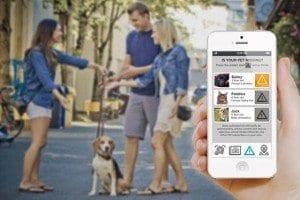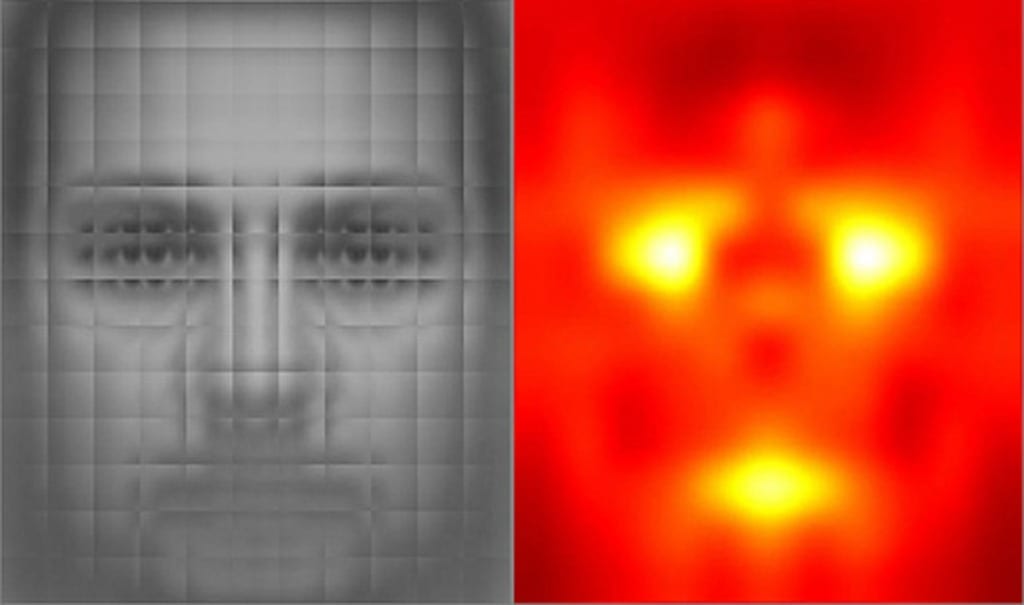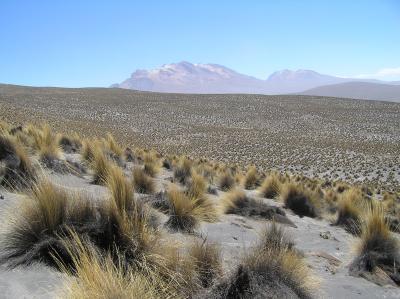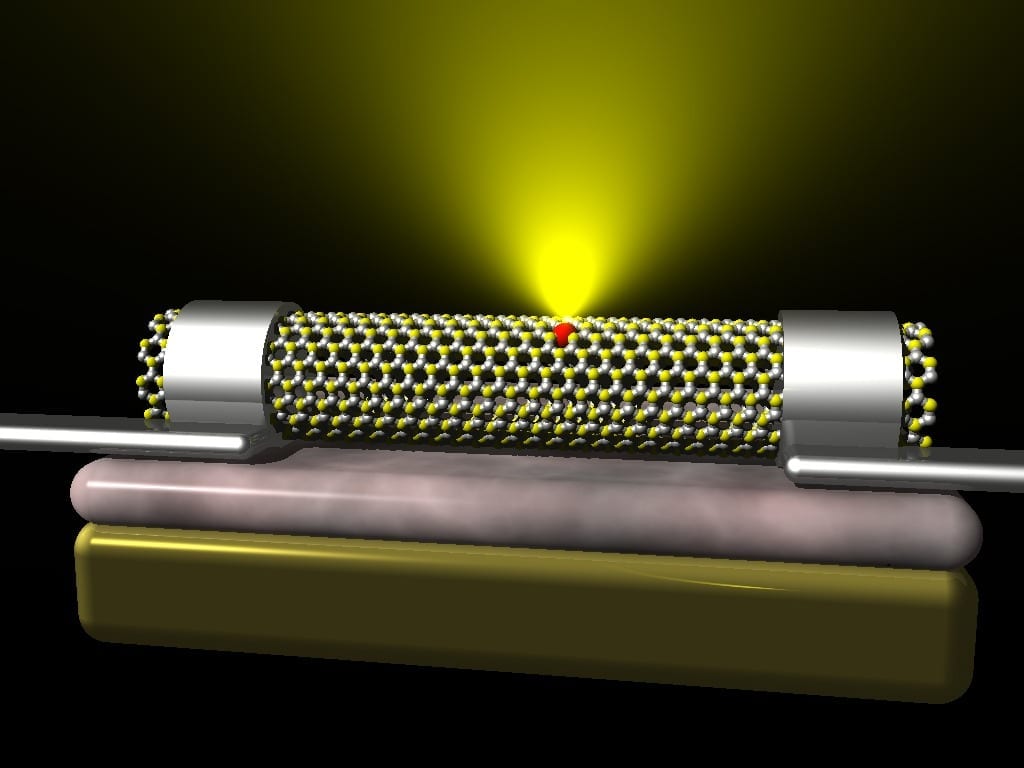
Four million pets go missing each year. Like an Amber Alert system, PiP sends out a photo to local shelters, vets, and other pet owners, and even better, knows if someone finds a match.
There are already several ways of identifying your pets. But tags, tattoos, and microchips all have their drawbacks, according to Philip Rooyakkers, an entrepreneur from Vancouver. Tags fall off. Tattoos get rubbed off. Microchips move around an animal’s body, making detection difficult.
Rooyakkers’s alternative is like something out of the movie Minority Report: a facial recognition system, called PiP, that minutely records, classifies, and categorizes every feature of a dog’s or cat’s appearance.
To use PiP on your unsuspecting pet, you download the app, take a picture, and enter some basic details. If Fido ever goes missing, you can send out an alert to vet clinics, animal shelters, municipal control agents, and fellow PiP subscribers within a 15-mile radius. If someone finds an animal, they can upload the picture, initiating a matching process.
If you think missing pets a trifling matter, consider this: Up to 4 million domestic animals go missing every year, according to the American Humane Society. And only a very small proportion–2% in the case of cats–ever make it home again. That means the animals are either ending up in rescue centers, or, more likely, kill shelters. Rooyakkers, who owns a big animal care facility in Vancouver, reckons about half of all animals are euthanized every year.
PiP was developed from scratch by 15-year facial recognition technology veteran Daesik Jang, and Rooyakkers claims it’s actually more sophisticated than systems used for humans. “Humans have very standard faces,” he says. “For the most part, we know where the eyes, nose, and mouth should be. With pets, you have a huge variation–anything from the shape of nose to the overall shape of the skull.”
Go deeper with Bing News on:
Facial recognition
- Facial recognition likely for TS EAPCET
A student will be permitted for the examination if the captured photograph matches the one in the registration form.
- Metro board ponders facial recognition, other security measures after subway killing
Could AI have prevented the killing of a woman on an L.A. subway. Metro is looking at facial recognition technology, fare gates and new station designs to address security concerns amid a wave of ...
- China orders hotels to scrap facial recognition over privacy fears
Cities in China are banning hotels from using facial recognition, a sign that the government is recognizing the public’s privacy concerns.
- Facial Recognition at Airports vs. Facial Analysis at Events: What to Know
As Congress debates the use of facial identification for airport security, planners should know how that technology differs from the one that measures attendee engagement during sessions.
- TSA Debuts Facial Recognition Screening in Pittsburgh
The new technology, demonstrated Wednesday at the city’s international airport, verifies travelers’ identities by matching an ID to a photo taken at a TSA checkpoint. The system alerts on fraudulent ...
Go deeper with Google Headlines on:
Facial recognition
[google_news title=”” keyword=”facial recognition” num_posts=”5″ blurb_length=”0″ show_thumb=”left”]
Go deeper with Bing News on:
Facial recognition system
- Airport biometrics bans proposed in US state and federal legislation
Clear is facing legislative pushback in California from lawmakers who claim the system discriminates. Meanwhile U.S. Senators target the TSA from a new angle.
- Metro board ponders facial recognition, other security measures after subway killing
Could AI have prevented the killing of a woman on an L.A. subway. Metro is looking at facial recognition technology, fare gates and new station designs to address security concerns amid a wave of ...
- Facial Recognition at Airports vs. Facial Analysis at Events: What to Know
As Congress debates the use of facial identification for airport security, planners should know how that technology differs from the one that measures attendee engagement during sessions.
- TSA Debuts Facial Recognition Screening in Pittsburgh
The new technology, demonstrated Wednesday at the city’s international airport, verifies travelers’ identities by matching an ID to a photo taken at a TSA checkpoint. The system alerts on fraudulent ...
- Border agency eyes smartphone facial recognition system amid privacy concerns
Travellers would be able to use facial recognition technology to identify themselves through their smartphones when crossing the border under a planned federal project.
Go deeper with Google Headlines on:
Facial recognition system
[google_news title=”” keyword=”facial recognition system” num_posts=”5″ blurb_length=”0″ show_thumb=”left”]











